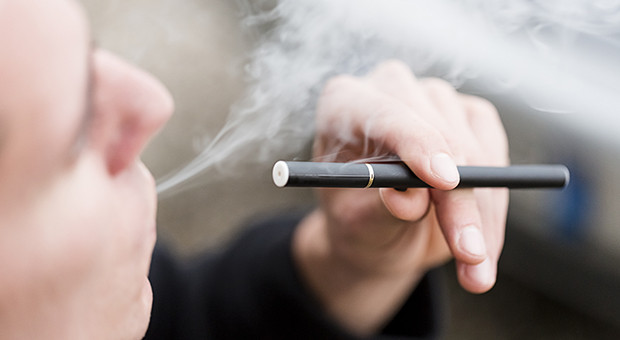Electronic Cigarettes
At the beginning of September 2009, there were about one hundred listings offering electronic cigarettes – e-cigarettes for short – in the bobshop Health section. The prices for a set, usually consisting of one or two e-cigarettes, batteries, a charger and five to ten cartridges filled with fluid, ranged from under R200 to over R700.Cigarettes in the health section? Well, Bob Shop sellers do not actually advertise electronic cigarettes as “healthy”, but they do emphasise that they are a healthier option, in comparison with traditional cigarettes.
Since they were invented in China in 2003, e-cigs with their false-fire tips and smoke-like mists are becoming popular alternatives to smoking all over the world. They usually look like the “real thing” – most often like filter cigarettes, though they also come in the guise of cigars and pipes. They are battery-operated and contain cartridges, usually filled with nicotine, flavours and other chemicals. With every puff, a little LED lights at one end, while the other end delivers a fine vapour of liquid into the user’s lungs, with the surplus exhaled though the mouth or the nose in a smoke-like mist.
There are die-hard smokers who dismiss e-cigarettes as simply not as good as the real thing. They bemoan the loss of the ritual lost (no lighting that fire, no watching the stick become smaller and smaller) and say that the whole thing feels like sucking on a plastic ballpoint pen.
However, many traditional cigarette smokers like the digital version. Some claim they have never looked back since they pulled the first drag on an e-cigarette. They say they feel better, breathe easier and smell nicer. E-cigarette smokers do not have yellow nails, they do not cough, they do not emit second-hand smoke, they do not leave the trail of cigarette ash and cigarette ends everywhere they go. Plus, they have more money in their pocket: after the initial investment, digital smoking is cheaper.
Just how healthy e-cigarettes are as an alternative to traditional cigarettes depends on the composition of the liquid in the cartridge. The long-term effects of inhaling the nicotine-laced e-cigs are simply not known.
And therein lies the biggest problem about e-cigarettes: there are not enough medical studies about them and the content of the cartridges is poorly regulated, if at all. In some countries, like New Zealand, e-cigarettes are legal, but nicotine cartridges are not. If they want to go digital, New Zealand smokers have to go for the non-nicotine kind of e-cigs. In the United Kingdom, electronic cigarette use is currently unrestricted. Same goes for many other countries, including South Africa. When the e-cigarettes were first introduced into the country about a year ago, South African health authorities said the product has been launched without regulatory supervision and advised the public to approach it with “considerable caution”. Since then, nothing has been done.
No doubt, many eyes will be glued to the USA, where at present a battle is raging between proponents and opponents of digital cigarettes. Whatever the outcome, many other countries will probably follow the American example.

The e-cigarettes reached America through the usual non-regulated channels soon after they were invented in 2003. Today they are available in more than 4,000 retail outlets and on many Web sites. According to the distributors, sales of electronic cigarettes have grown from about $10 million to $100 million during the twelve months leading to September 2009.
Currently, the American Food and Drug Association (FDA) is trying to classify the e-cig as a tobacco product or cigarette in order to impose tighter regulations. The state of Oregon has even sued one distributor of e-cigarettes, alleging that the company made false health claims about its nicotine delivery device and targeted children with sweet flavours such as bubblegum, chocolate and cookies ‘n’ cream.
The long-suffering pariahs of the modern world, the smokers, who thought they have – finally – found a socially acceptable alternative are, of course, bitter. Some are accusing the authorities of wanting them to continue smoking “US made cancer sticks instead of Chinese made e-cigs” in order to keep on paying the tobacco tax, even if it means “dying for their country” in the process. Others see in the move to ban or restrict the use of e-cigarettes a conspiracy mounted by the multi-billion dollars worth smoking cessation drugs industry.
But, of course, it is not all about those who are already hooked on smoking. It is also about all the multitudes that are not – and that may be tempted to start puffing on that strawberry or chocolate flavoured stick. That is why antismoking groups warn that the more benign version of cigarettes will only encourage the habit – which, depending on the content of nicotine and on the number of puffs, may even turn out not to be benign after all.